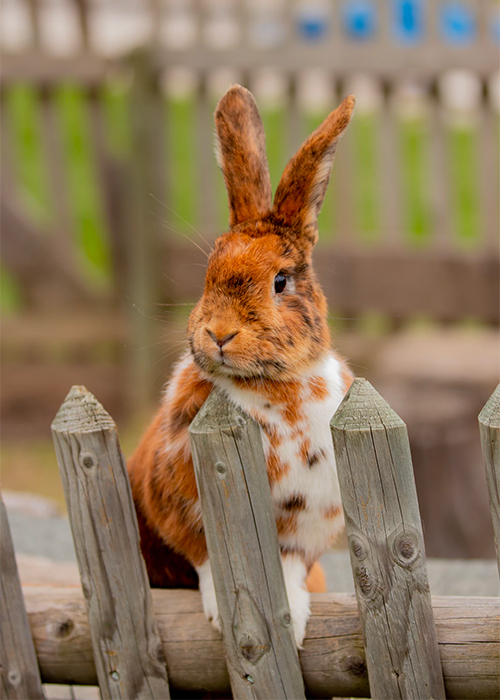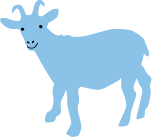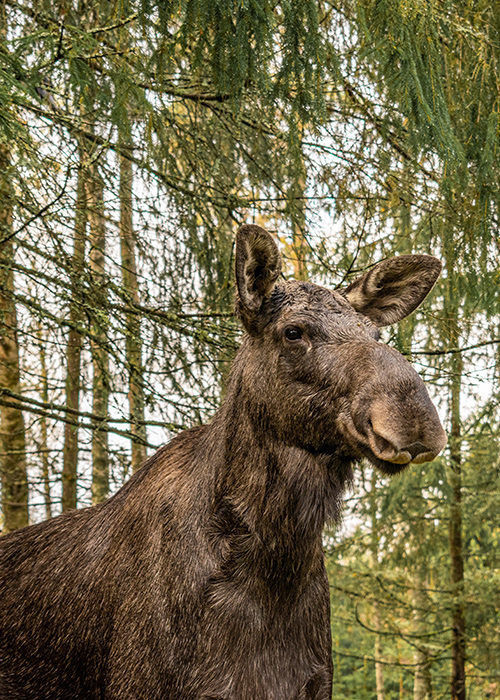(Capra Hircus) Jämtget - The Jämtget belongs to our Swedish native goats. It can vary in color. Goats can be kept for their milk, and a good Jämtget can produce 300 - 400 kg of milk per season.
African Pygmy Goat - Originating from Africa, this breed has long been a popular species in zoos due to its size and friendly temperament. It has short legs, a compact body, and a small head. Shoulder height is about 40 cm.
Lappget - The Lappget is our northernmost breed of native goats. It originates from and is adapted to reindeer grazing land.
| Belongs to: |
Order Artiodactyla (even-toed ungulates) |
| Family: |
Bovid family: (Bovidae). Subfamily: (Caprinae). |
| Weight: |
Jämtget around 40 kg, African Pygmy Goat 20-30 kg, Lappget around 30-80 kg
Lappget ca 30-80 kg |
| Lifespan: |
Up to 25 years |
| Gestation period: |
Around 5 months |
| Offspring: |
1-2 kids (most commonly two) |



























